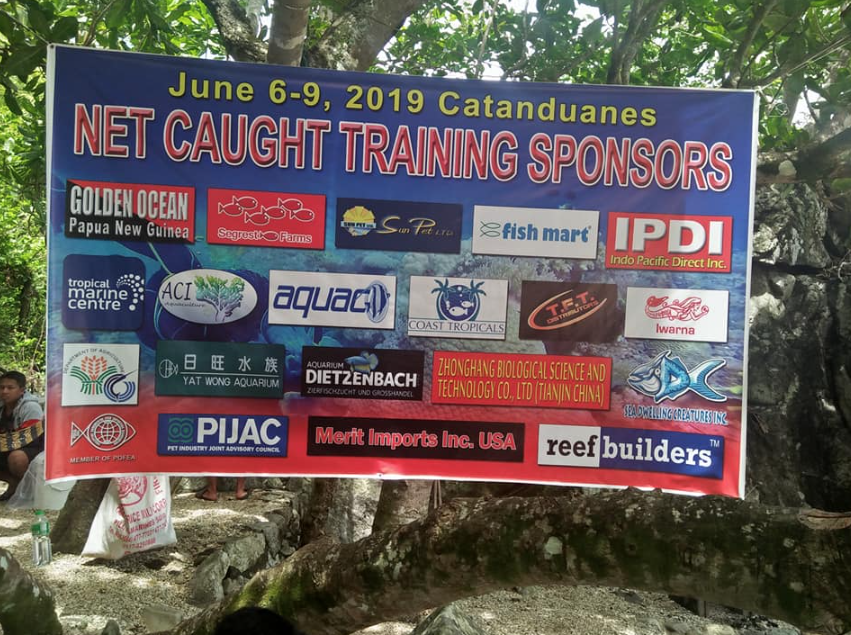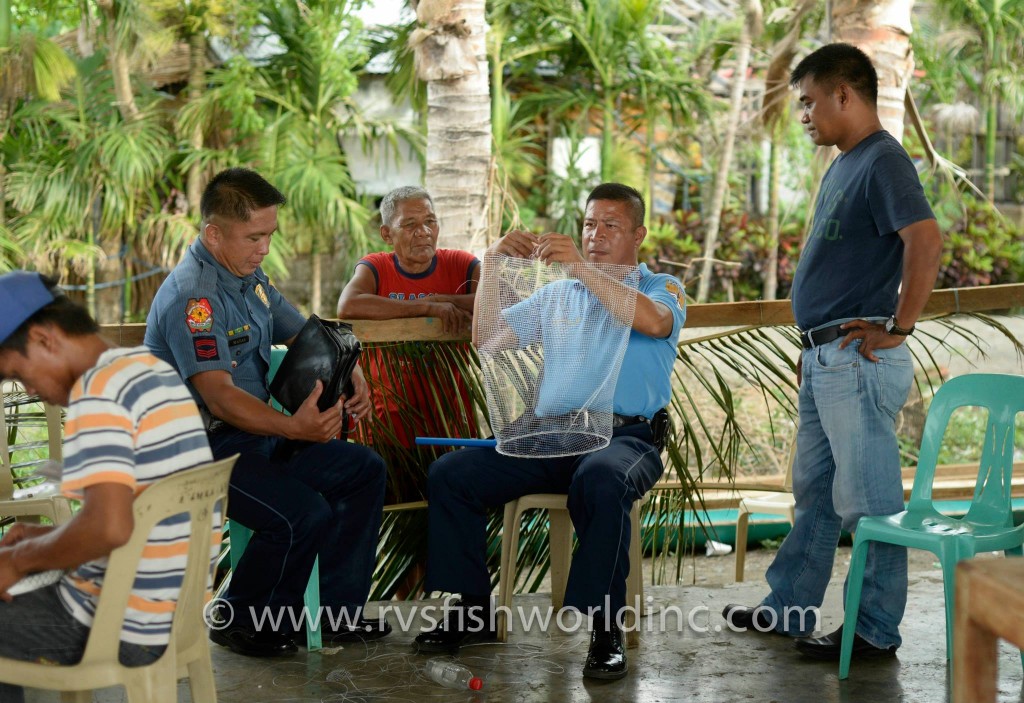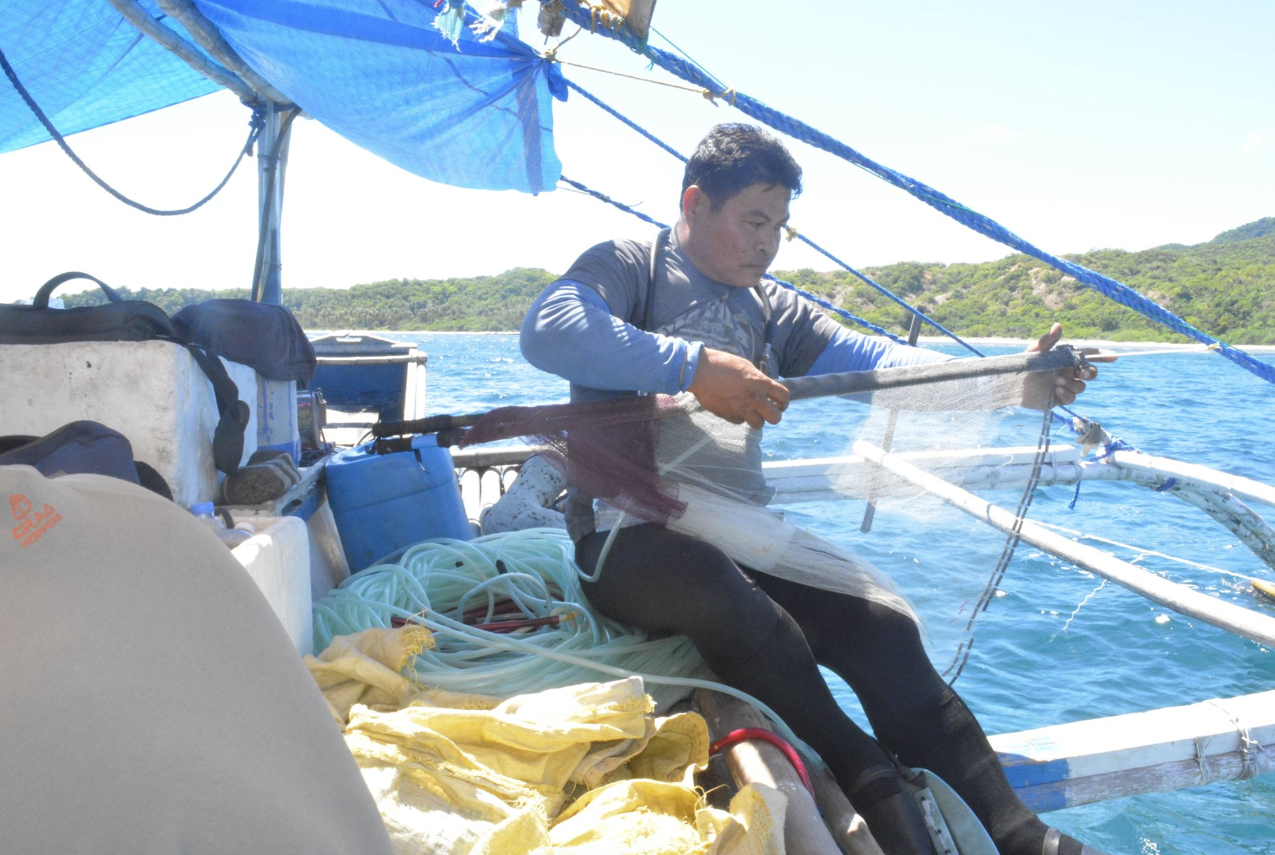Do you know how the fish in your aquarium were caught? Depending on what they are, where they are from, and who caught them, saltwater fish may be caught using a variety of methods from net to hook and line, a noose to chemicals, so we thought we’d ask the net catching experts of 40 years, RVS Fishworld Inc, they gave us these little nuggets of information and sent us a video of how they do it.

Six things people really don’t know or consider about collecting Marine Aquarium fish
1. Net collection is the most viable and efficient way to collect aquarium fish. It is a skill that continuously improves with practice. It is perpetually sustainable and environmentally friendly, destroying no habitat.
2. Net collecting evolved in isolation all over the world in various forms, Australia, Mexico, Tonga, etc. Every good spot has tricks of the trade. The trade is now a melting pot and continued innovation and the introduction of fin-safe invisible non-knotted meshes has seen many different inventions and techniques of net collection.
3. Economically and ecologically it is practically impossible to overfish an area of the reef of a species for the aquarium trade provided no habitat is damaged. Preservation of habitat is THE crucial component in responsible aquarium collection. If the number of fish species dwindles a little in a particular spot, then it is not worth the fuel and trip to collect and the area is left to recover. This is automatic.
4. Most aquarium fish have a very rapid population doubling time that relies on available real estate (habitat.) The areas recover very quickly with stragglers from different lesser environments and recruitment as real estate becomes available. Many of these fish spawn so regularly. They are so abundant in their habitat and also relatively fecund. There are always larvae waiting to settle on the reef that would otherwise not develop and perish.
5. The net-caught aquarium industry assists science and often discovers new species or demonstrates range extensions
6 . Fish from the depths can be processed by proper decompression in a way that they would survive in captive shallow environments.

Get net trained with RVS
RVS conducts net training programs for coastal communities by educating them on how to collect live ornamental tropical fish in an environmentally-safe way. They do this through the proper use of monofilament nets and no drugs, and their training is now stretching to new sites they’ve set up in Papua New Guinea and most recently, Myanmar.
Check out this video of how they catch the Firefish, Nemateleotris magnifica, using a butterfly net made from monofilament.



